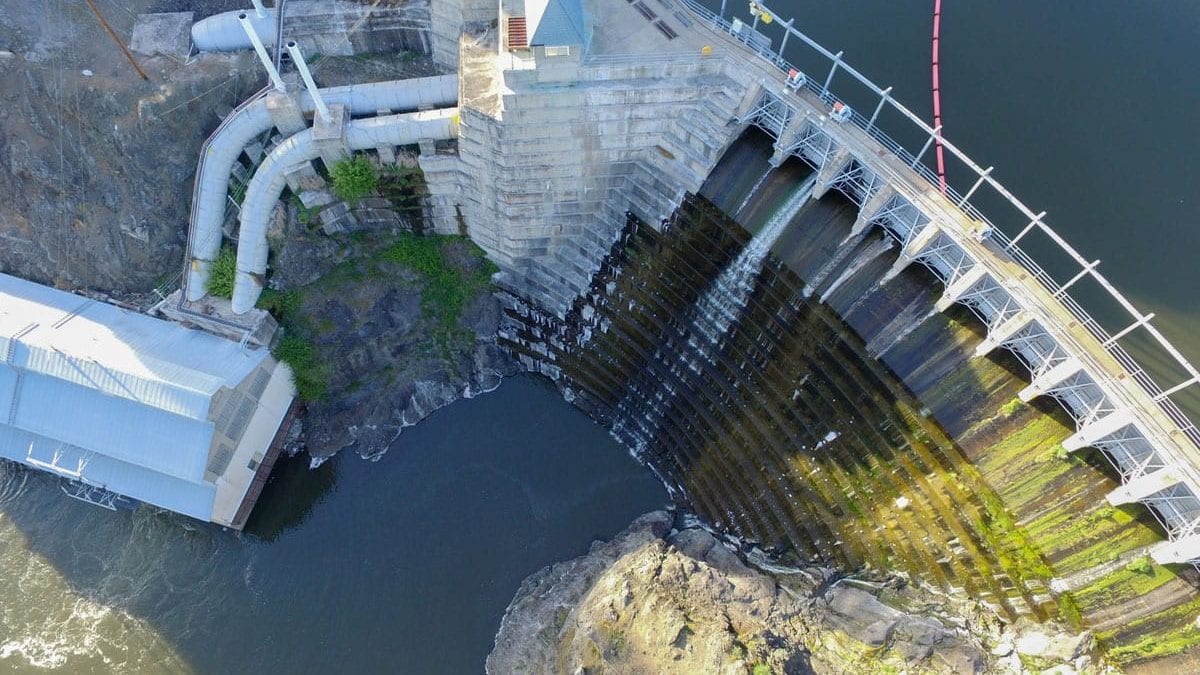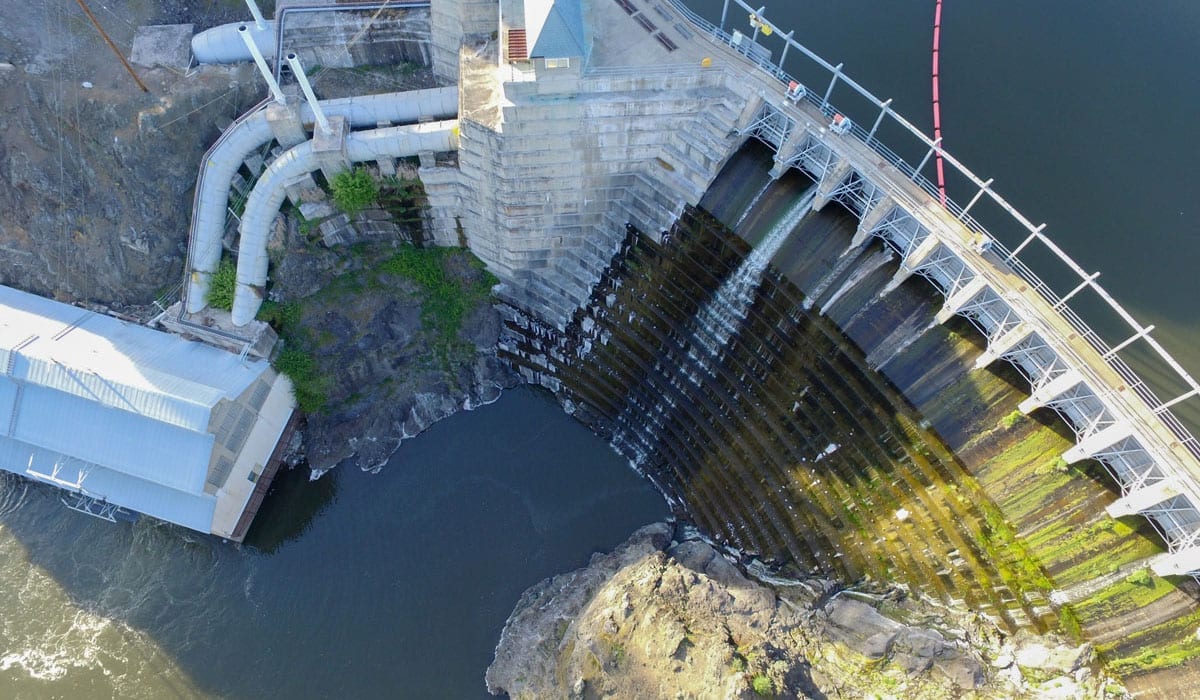Who is ready to see the Klamath Dams come down?
Help us finally free the Klamath
It’s the final push to let the Klamath River flow freely once again. Four aging power dams are up for removal in 2020, the result of a collaborative agreement crafted by 42 stakeholder groups, including the dam owner PacifiCorp, which was finally signed last year. The fate of their removal now lies with the Federal Energy Regulatory Commission (FERC), the federal agency responsible for hydropower projects. FERC has opened up the public comment submission period; the time to act is now to make our voices heard.
The next step needed to carry through with removal is a transfer of the dam license from PacifiCorp to the entity responsible for decommissioning, the Klamath River Renewal Corporation (KRRC). If the transfer is denied, we will be taking 3 steps back in our progress. The signed agreement was a huge step in the right direction. We won’t let the Klamath Dams continue to degrade the river, fish, and our water quality.
This is our golden opportunity to restore wild salmon abundance on the West Coast. The Klamath River was once the third largest producer of salmon on the West Coast, behind Columbia and Sacramento rivers. Let’s bring it back.
How to submit your comment:
1. Go to www.ferconline.ferc.gov/QuickComment.aspx. (If you’d like to submit by mail, use address below. Include docket number P-2082-062 in letter.)
2. Enter your information including e-mail. Open automatic e-mail from FERC, follow link from there to submit comment.
3. In the docket field, enter P-2082-062 to specify the project.
4. Fill in comment form using our sample letter (scroll down) or you can write your own.
FERC requires comments be submitted by November 5th. Thank you for your help!
FERC Mailing Address:
Kimberly Bose, Secretary
Federal Energy Regulatory Commission
888 First Street, NE
Washington, DC 20426
**************************************************
SAMPLE LETTER
Dear Secretary Bose,
To support the removal of the four aging dams on the Klamath River- JC Boyle, Copco No. 1, Copco No. 2, and Iron Gate- I support the transfer of the PacifiCorp Hydropower Project to the Klamath River Renewal Corporation (KRRC).
Since 1917, the four Klamath Dams have blocked access to hundreds of miles of salmon and steelhead productive habitat. It has diminished the productivity of the river, blocked spawning grounds, and blocked off cold source water. Beyond loss of habitat, Iron Gate Dam now serves as a giant heat sink that creates water quality problems, including toxic algae blooms. Simply put, the removal of the four Klamath Dams represents the most significant opportunity to bolster salmon recovery on the West Coast.
The decommissioning and ultimate removal of the four Klamath Dams not only makes economic sense, but would greatly benefit the Klamath-origin salmon fisheries and all other Klamath Basin public resources that have been adversely affected by these four dams over the past 100 years.
I urge FERC to approve this proposed License Amendment and transfer to the KRRC for purposes of removing the four Klamath Dams and overseeing the restoration of the Klamath River.
Sincerely,
[Your Name]






